Category: Turkey Hunting
Turkey Hunting Tips: Live Q & A
Turkey hunters – check out this recent live question and answer session sharing tips and strategies for turkey hunting: calling strategies, roosting birds, hunting silent Toms, time of day to hunt, preferred habitat, strategies for turkey hunting on windy days, and more!
Keeping Tabs On Toms: Trail Cameras
It may seem early, but we’re already keeping tabs on these toms! This interior road is often walked by toms during the spring, as they move up and down the ridge. This string of longbeards is keeping to the pattern of years past. Trail cameras are great tools for learning turkey movements (scouting) during the spring then hunting these patterns once the season opens!
Turkey Hunters: How To Encourage a Quality Turkey Population
Each spring, when the strutters begin their dance and gobbles echo through the hollers, we get excited because we know turkey season is just around the corner! However, the number of turkeys there are to chase is influenced by many factors. As wildlife managers there are several things that we can do to help encourage healthy populations. There are also factors that are beyond our control.
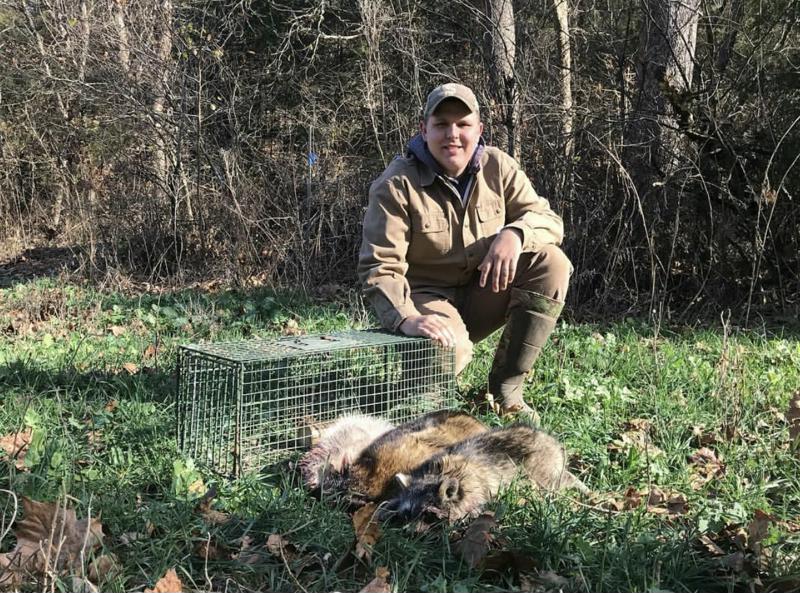
Each winter we use Duke cage traps to remove 50+ raccoons and opossums which are notorious turkey nest predators. By reducing the number of hungry predators, turkey eggs have a better chance to hatch and mature if the conditions are favorable.
Another way we help encourage a successful hatch is by providing high quality habitat. We use prescribed fire during the late winter months to create ideal nesting habitat for the spring.
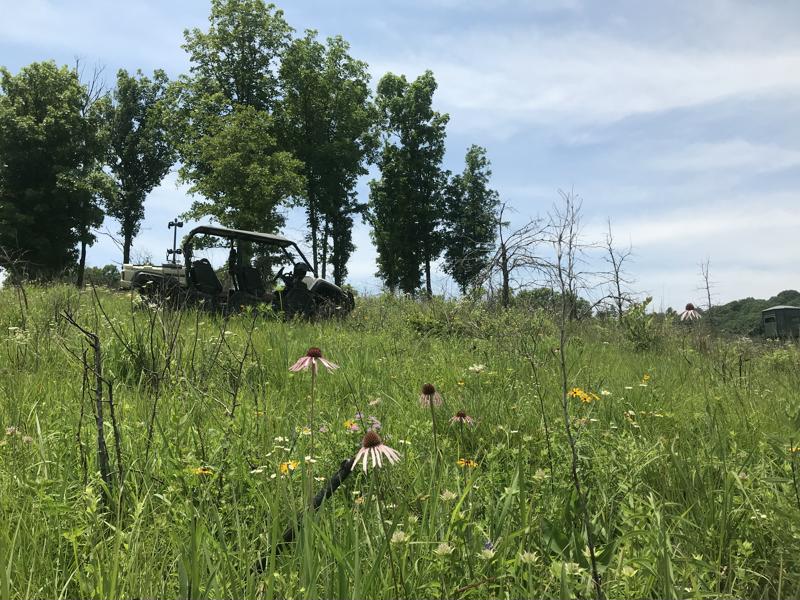
The results following the prescribed fire are incredible! Native grasses and forbs are great for nesting and brood habitat. Hens can raise their heads above the vegetation and look for predators. This type of habitat is also a great bugging area for hens, so they can feed and nest in the same area.
With fewer predators in the area and quality habitat, hens and poults have the ability to express their potential.
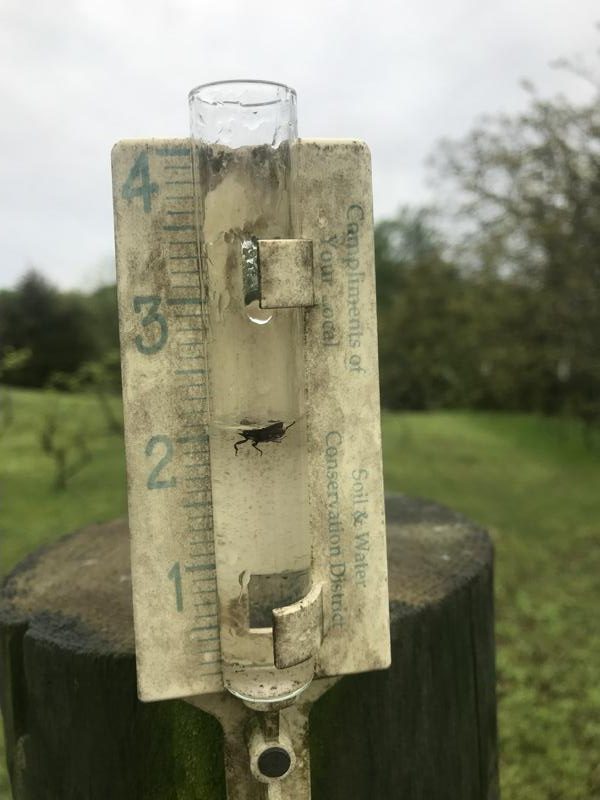
However, rain is often an influencer of turkey numbers. Timely spring rains can destroy turkey nests or result in the death of young poults.
This spring we had several heavy rains during prime nesting season. We suspect that many nests were destroyed. We have not seen many poults and are now seeing another spike in turkey breeding behavior. Hens are likely re-nesting which will result in a later hatch.
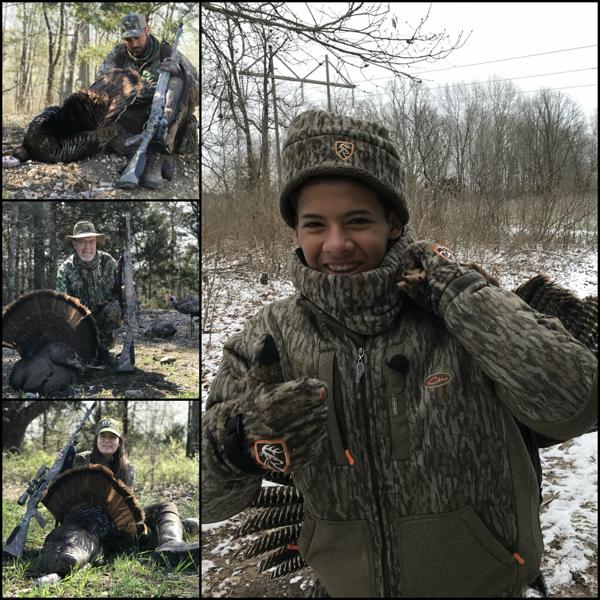
We can’t control all the factors, but as managers we can do our part to encourage healthy populations so there are plenty of longbeards to chase each spring!
Dreaming of future turkey hunts,
Daniel
Chasing a Tricky Ozark Mountain Tom – Episode #442
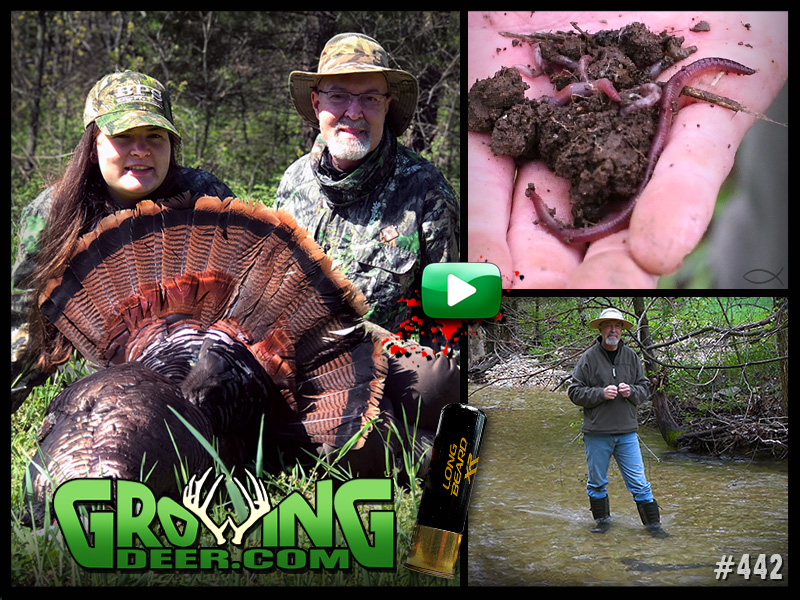 New Video
New Video
Rae grabs the Winchester and heads to the turkey woods! Watch as a big Ozark Mountain tom makes Rae work for a shot. Then, Grant shares an update of the Buffalo System for our food plots and the observations he’s made after a spring rain.
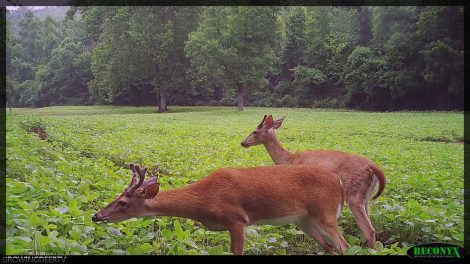 New blog:
New blog:
Food plot management techniques and seed varieties have improved significantly during the past 25+ years. Food plots provide deer the nutrients that they need to grow healthy and strong. Plus, you can create the opportunity for a memorable hunting season next fall by maintaining great food plots. In this blog, Grant shares what he’s using for the successful food plot program at The Proving Grounds.
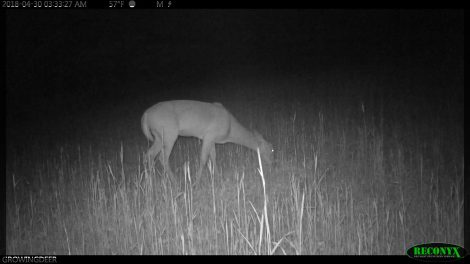 Short VIDEO:
Short VIDEO:
Whitetails are selective feeders. Watch as this deer seeks out the clover in this food plot!
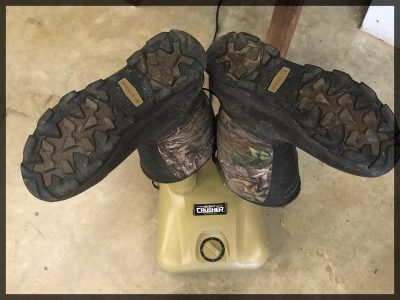
Tip of the Week:
The Scent Crusher Ozone Equipment Station is a great way to dry your turkey hunting boots and there’s an additional benefit – it eliminates odors!
Two Toms Down: Smart Tactics For When the Hunting Gets Hard – Episode #440
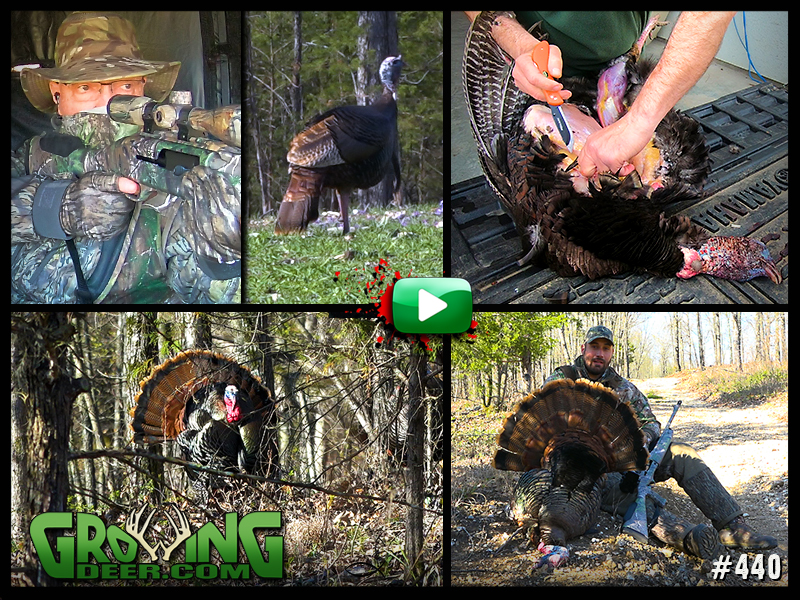 New Video
New Video
During the first week of Missouri’s turkey season toms were henned-up and quiet. See how Grant and Daniel make tactical changes to their hunting strategies and tag two mountain toms in tough hunting conditions.
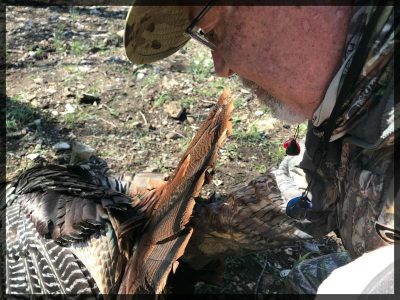 New blog:
New blog:
Can other hunters hear the gobblers when you can’t? After being disappointed at not being able to hear birds, Grant found an answer. Read this week’s blog as he shares his solution to this problem.
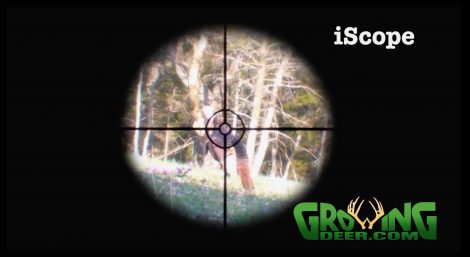 Short VIDEO:
Short VIDEO:
We’ve captured a lot of turkey action with the help of the iSCOPE! See a recent encounter here.
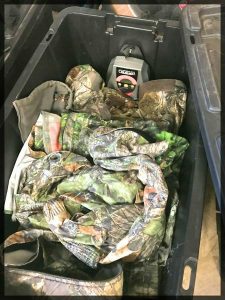
Tip of the Week:
Turkey clothes can start to stink after chasing longbeards. For your sake and your hunting buddies’, running turkey hunting gear through the Scent Crusher makes the next hunt that much more enjoyable!
Turkey Hunters Ask: Did You Hear That Gobble?
I really enjoy turkey hunting. A huge part of turkey hunting is listening to the birds call and using calls to attract them. It’s a super interactive hunt! This form of hunting requires good hearing. Often my daughters or someone younger than me that I’m hunting with will say “Did you hear that gobble?”
I sometimes have to respond “No.” I shot a lot as a kid but didn’t use hearing protection. This damaged my hearing. I wish I had used hearing protection – even when hunting! Just one shot can result in damage to your sense of hearing.
Back in the old days we never thought about wearing hearing protection. There were some shooters that might wear ear plugs or cover their ears when others were shooting. However, now that I know “better” I don’t shoot a firearm without hearing protection. The experts say: “Exposure to noise greater than 140 dB can permanently damage hearing. Almost all firearms create noise that is over the 140-dB level. A small .22-caliber rifle can produce noise around 140 dB, while big-bore rifles and pistols can produce sound over 175 dB.”
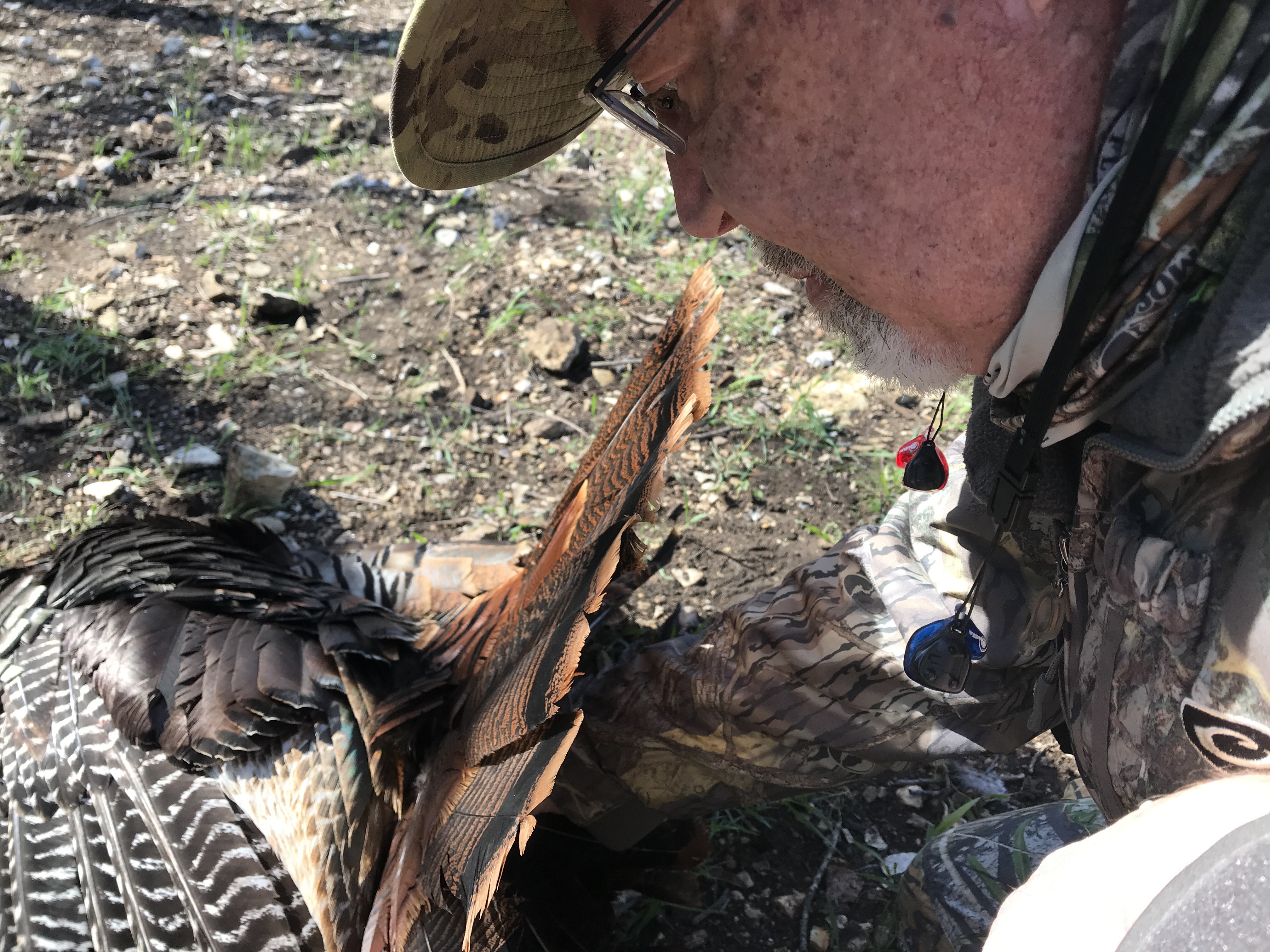
Here at The Proving Grounds I require all our hunters to wear hearing protection, whether it be when sighting in the guns or during the hunt itself. I also expect any by-standers, hunting partners, and cameramen to use hearing protection. I’m that serious about it. If we’re on the range, a shout of “fire in the hole” goes out to make sure everyone protects their ears – if nothing more than throwing their hands over their ears or simple ear plugs.
Research shows that only about half of shooters wear hearing protection all the time when target practicing. Hunters are even less likely to wear hearing protection because they say they cannot hear approaching game or other noises.
Years ago I was introduced to the electronic earmuffs that allow shooters to hear what’s going on around them. When you wear the electronic earmuffs, they allow you to still hear (some even amplify the sounds) then silence the blast of the shot. These earmuffs are great and what most of the hunters on our team wear. A good example of this was in the recent turkey hunt where Chase shot his first tom. Chase sets a good example with the earmuffs on his head, ready to be quickly put in place before he takes the shot. (Click HERE to watch the hunt.)
As I mentioned, because I’ve spent most of my life shooting I’ve lost a significant amount of my hearing. A friend told me about a product that could not only protect my hearing, but actually assist me in hearing those important sounds I need to hear in the woods – like the sound of a turkey gobble or a critter walking in the leaves. You’ll see me wearing a small, custom-fit digital hearing protection system found at https://www.wildear.com/ Since they are custom fit, they stay in my ears and are comfortable all day long. I don’t have to worry about adjusting them and making a lot of hand movements that might alert a gobbler.
I have no doubt that if I hadn’t protected my hearing during these recent years I’d be hunting turkeys by blind calling or setting on plots – because I wouldn’t be able to hear them calling.
Remember – even one shot of a firearm without hearing protection can result in a decrease in your sense of hearing.
I encourage you to protect your hearing so you can continue to enjoy hearing all the sounds during the spring. It will likely help you locate a tom and will certainly help you enjoy all activities that much more.
Enjoying Creation,
Grant
Turkey Kickoff: Chasing Kansas and Arkansas Gobblers – Episode #439
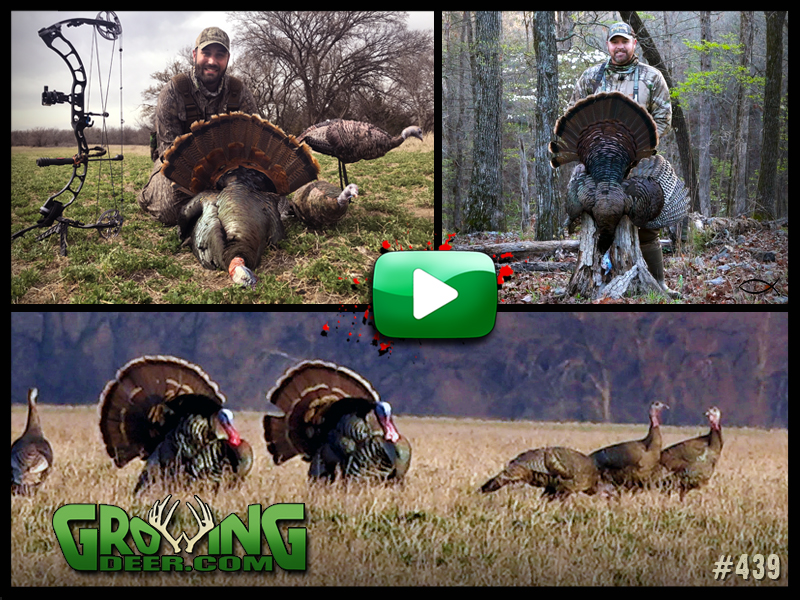 New Video
New Video
Daniel recently headed to central Kansas to kick off his turkey season with an archery hunt! There was a lot of turkey action and feathers were flying. Plus, Heath Martin tags a mature mountain tom in Arkansas, during opening day!
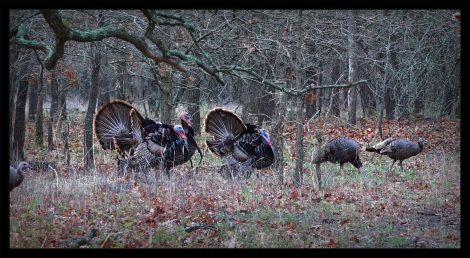 New blog:
New blog:
Turkey hunting is not always easy. Some days hunters just have to work harder and smarter to get those toms within range. We share some of our tricks here.
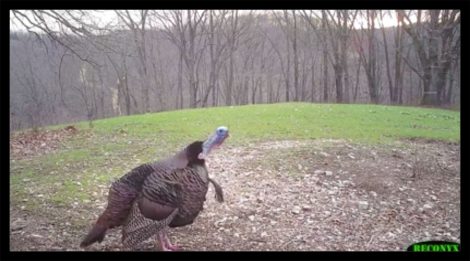 Short VIDEO:
Short VIDEO:
If toms aren’t talking where you hunt and you’re just itching to hear a gobble, then this video will fire you up!
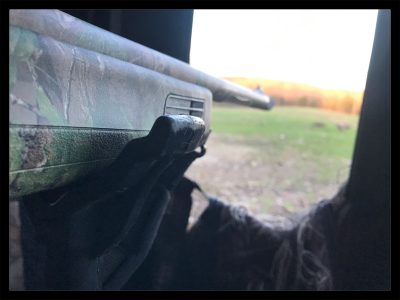
Tip of the Week:
A Caldwell FieldPod can keep your gun in the ready position so you’re not scrambling to get the gun up when a silent tom walks in.
Turkey Hunting Tips for Tough Days
Turkey hunting is not always easy. We all love it when the gobblers respond to our calls then come in strutting with big fans, long beards and wings dragging. But it doesn’t always happen that way. Some days hunters just have to work harder and smarter to get those toms in range.
The weather has played havoc with turkey hunting these past few weeks. We’ve had hunters from Tennessee, Kansas, Missouri to Wisconsin and states in-between share their frustrations with hunting and the unusual spring weather: colder temperatures, rain, and even snow.
For us and others, it’s been a tough year to locate gobblers. Hunting in Tennessee, then Kansas and now Missouri has had us pulling out all the tools and tricks to get birds in range.
Here in Missouri, it’s early in the season, the toms seem to be henned up. When they are with the hens it is hard to entice them away with calling.
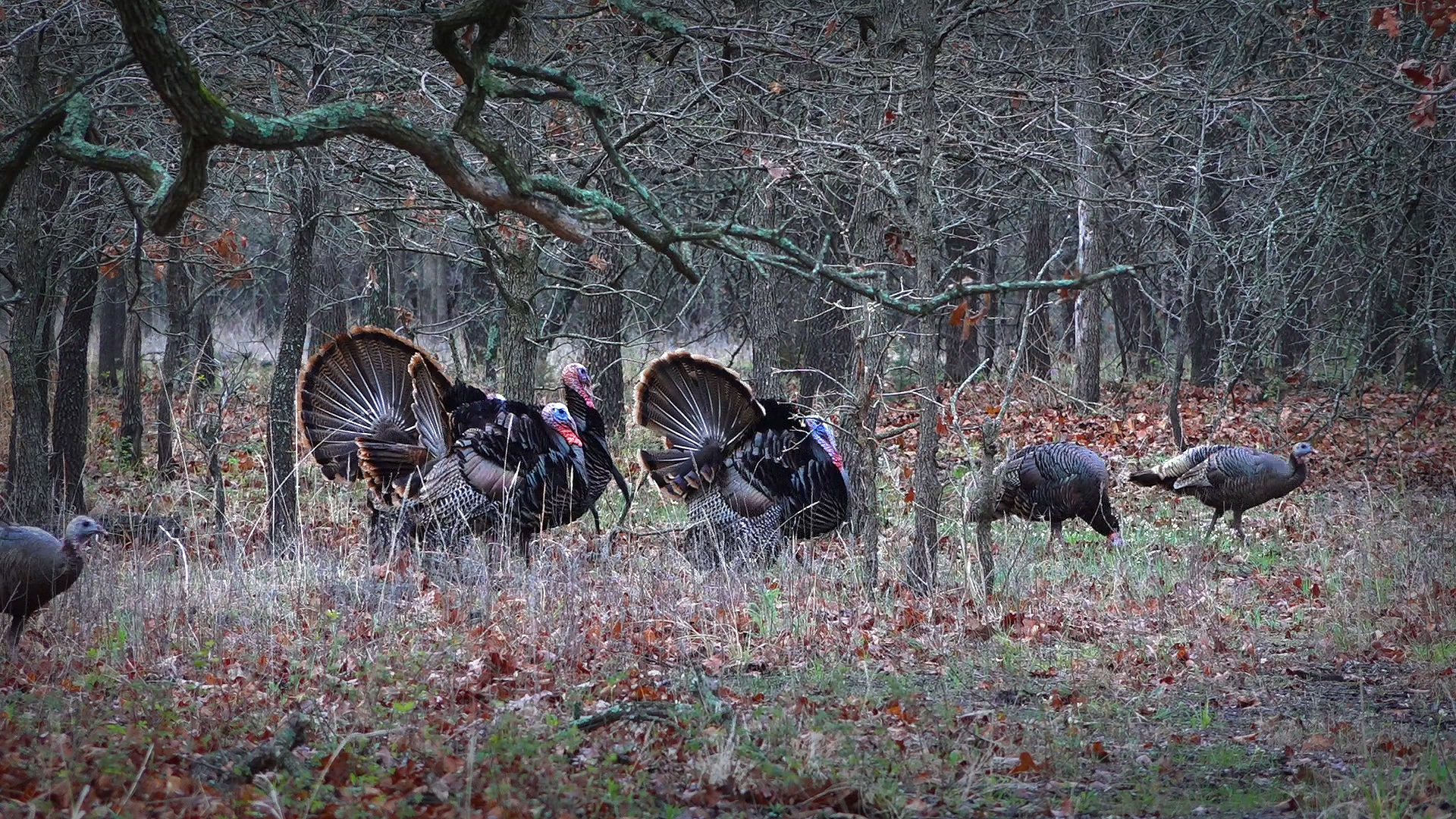
Here are some tips to use if you find yourself in a similar situation:
- Try to call hens in as the toms often follow. Use soft feeding calls: yelp, soft purr, or relaxed (not aggressive) clucks.
- Set up your decoys in feeding positions.
- If you KNOW there are toms in the area – sit still and wait. It’s not necessarily fun since the interaction and action is missing but patience can be your best strategy to punch a tag when that tom quietly comes into the field.
- Every day is different. Just because the birds don’t respond one day, they may the next. Keep trying.
- Weather: birds are still out there when it’s cold and windy, they’re quiet but still moving and feeding. Figure out where they are roosting and feeding then get in-between or in front of them.
We had two good examples of turkey hunts last year where the unseasonably cool and wet spring posed challenges during turkey season. You can see how changing locations and strategies paid off for Clay and I in this video when turkey hunting during the late season and the toms went quiet and did not respond to our locator calls.
Also, Heath and Lindsey’s Kansas hunt last year required a change in strategies. After a few days of colder weather they went out for a hunt. The weather during the first morning of their hunt seemed perfect but the toms were silent. They adjusted their strategy for the afternoon and soon had a gobbler in range. Watch that hunt by clicking here.
Our encouragement to you if you haven’t tagged yet is to remember the three “P’s” of turkey hunting: patience, persistance and position.
While you’re hunting, take time to listen not just to the gobblers but also for what the Creator is saying to you.
Chasing longbeards,
Daniel
Cold Turkey: Snow Bird – Episode #438
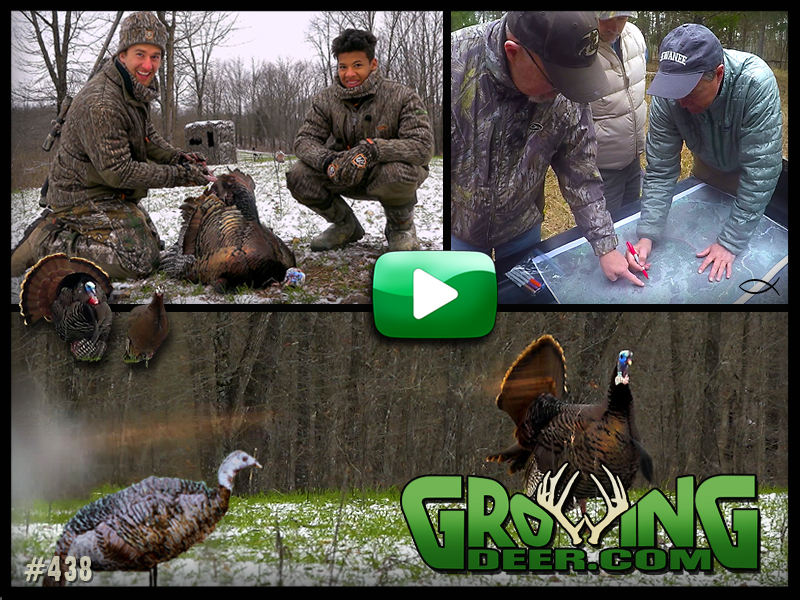 New Video
New Video
During Missouri’s youth season first time turkey hunter, Chase, braced the cold, snowy weather to hunt longbeards! It was cold but the hot turkey action warmed him right up! Watch as Chase’s entire hunt unfolds. Plus, Grant travels to South Carolina to help a landowner improve their property and pine management.
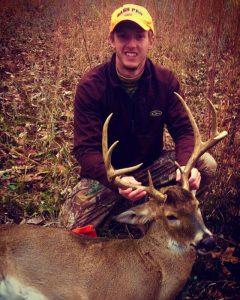 New blog:
New blog:
Internships are a great way to help the future generation of hunters and wildlife managers.
Meet one of our current interns, Jacob Hamilton from Jackson, TN.
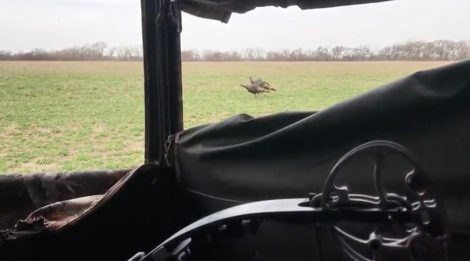 Short VIDEO:
Short VIDEO:
Daniel and Tyler were turkey hunting in Kansas. It’s always a good day when turkeys come in! Catch the excitement in this short video clip.
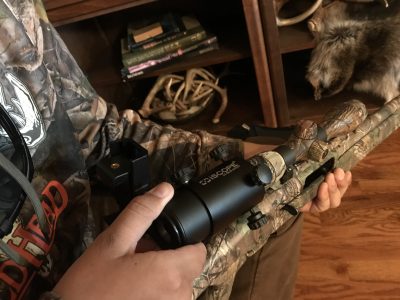
Tip of the Week:
Placing the iSCOPE on your turkey gun the day before the hunt saves time and ensures you’re ready when the first tom fires off.
Spring Tune Up: Turkey Hunting Tips and Food Plots – Episode #437
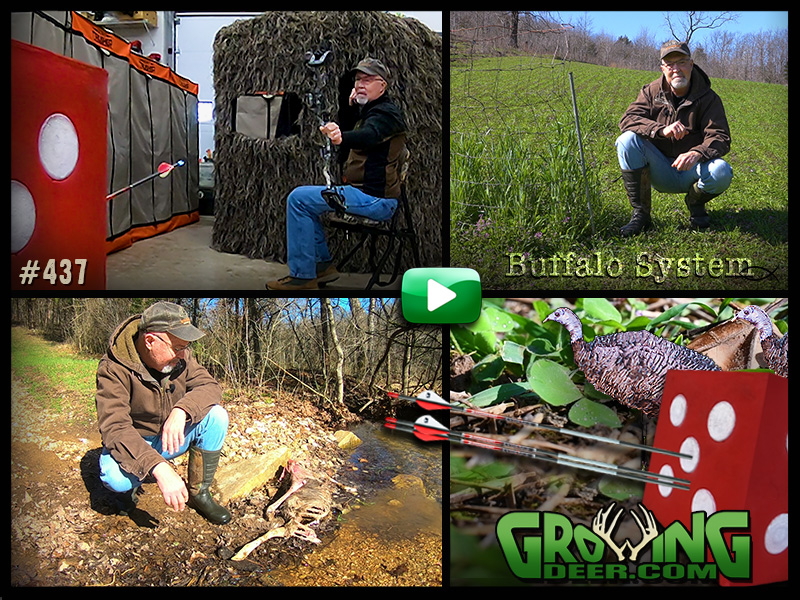 New Video
New Video
Grant gives tips for shooting turkeys at close range with a bow. Plus, see why we’re switching from perennial clover to annual clover in some of our plots as Grant shares how the Buffalo System provides quality forage and builds soil during the spring months.
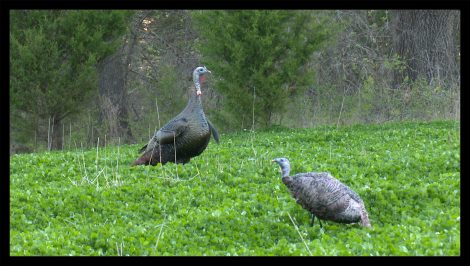 New blog:
New blog:
An effective tool for turkey hunters can be quality decoys. Learn how we determine when to use a specific decoy set-up.
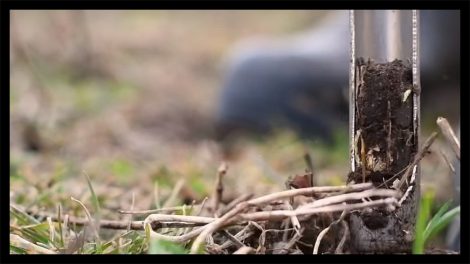 Short VIDEO:
Short VIDEO:
Learn how to take a soil sample and prepare for spring planting.
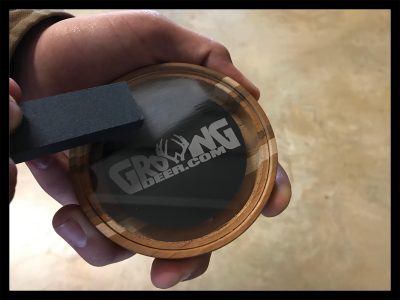
Tip of the Week:
A sharpening stone can make a great conditioner for pot calls.



